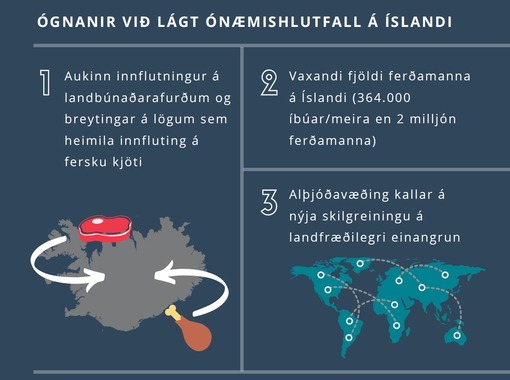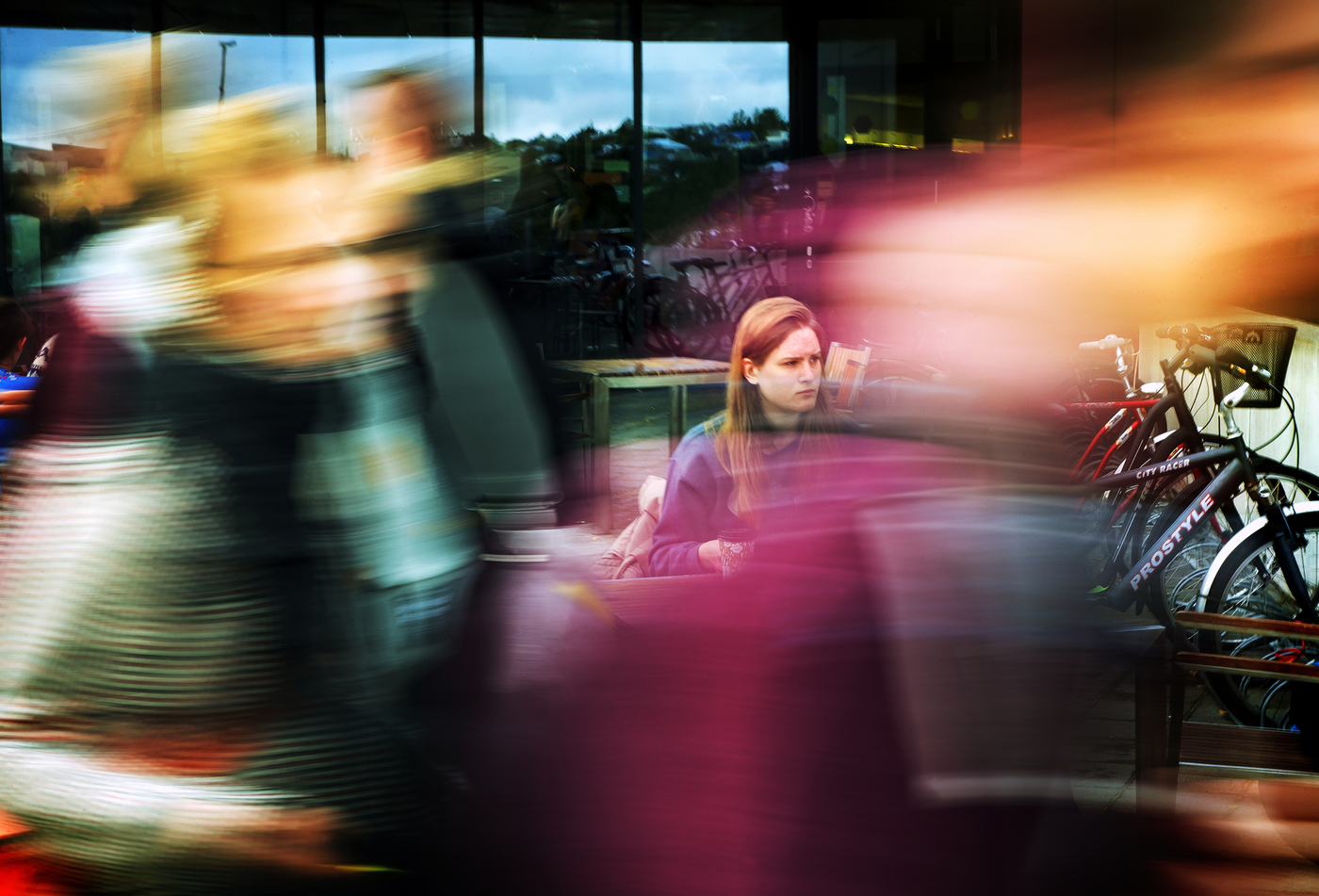A team of Icelandic and American scientists has been established to research antibiotic resistance in Iceland. The unique circumstances in Iceland make it an ideal place to research this growing threat to public health. The team's research is intended to create the knowledge needed to maintain a low level of resistance in Iceland and combat resistance in other countries.
The research is based on the so-called 'one health' approach, which looks at humans, animals, food and national environment, with the aim of increasing our knowledge of how antibiotic resistant bacteria spread. The plan is to address as many factors as possible by researching the E. coli bacteria that can be found in livestock, the environment, as well as domestic and imported meat products and comparing it to the E. coli bacteria that can be diagnosed in human infections.
Research will be conducted by an interdisciplinary team of experts who will look at the ecology of the bacteria and antibiotic resistance, as well the impact on animals, food and humans. The institutes involved in the research are the Department of Clinical Microbiology at the Landspítali University Hospital, the University of Iceland Institute for Experimental Pathology at Keldur, MATÍS (Icelandic food science research institute), the Icelandic Food and Veterinary Authority, the Antibiotic Resistance Action Center at George Washington University, Washington DC (ARAC), and the Center for Ecosystem Science and Society at Northern Arizona University, Arizona (ECOSS).
Antibiotic resistance levels in Iceland are among the lowest in the world, but this enviable situation is now under threat. Some factors in this development are the growing tourism industry, with more than two million annual tourists visiting a country with a population of 360,000, increased travel among Icelanders to regions with higher antibiotic resistance, and increased importation of produce such as fresh meat and vegetables.

The unique circumstances that make Iceland such an ideal location for this research are its geographical isolation, the low population and the ease of monitoring antibiotic use and antibiotic resistance in both humans and animals. Antibiotic resistance levels in Iceland are among the lowest in the world, but this enviable situation is now under threat. Some factors in this development are the growing tourism industry, with more than two million annual tourists visiting a country with a population of 360,000, increased travel among Icelanders to regions with higher antibiotic resistance, and increased importation of produce such as fresh meat and vegetables.
It is important to understand why the proportions of antibiotic resistant bacteria in Iceland are among the lowest in the world, despite the fact that people in Iceland use more antibiotics than in neighbouring countries. On the other hand, Icelanders use far fewer antibiotics in agriculture than is common elsewhere. The hope is that the findings of this research will help to maintain a low level of antibiotic resistance here in Iceland, and may also help to combat antibiotic resistance in other countries.
The research team's main goal is to create knowledge that could be used to design evidence-based counter measures.
The research team in Iceland
Prof. Karl G. Kristinsson, Landspítali University Hospital, Department of Clinical Microbiology and the University of Iceland Faculty of Medicine
Þórunn Rafnar Þorsteinsdóttir, Institute for Experimental Pathology at Keldur
Prof. Viggó Marteinsson, MATÍS (Icelandic food science research institute)
Vigdís Tryggvadóttir, the Icelandic Food and Veterinary Authority and the University of Iceland Faculty of Food Science and Nutrition
Graph containing information on the research (in Icelandic)




